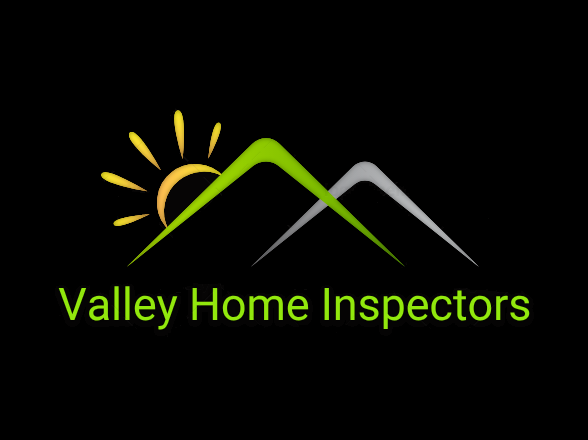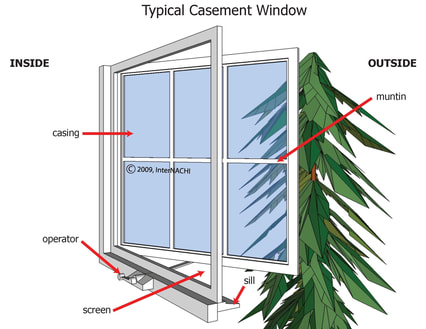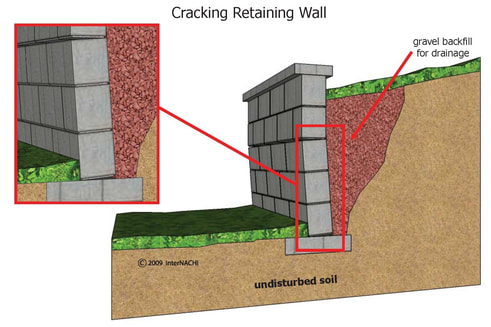Interior Inspection
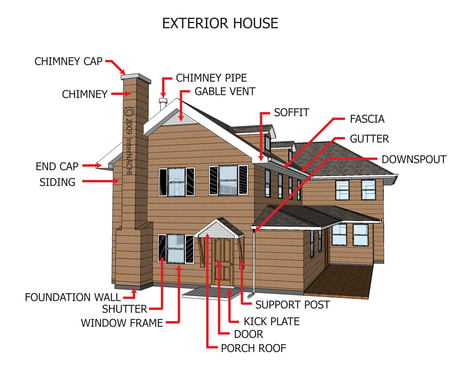
The interior inspection of a home is a very important part of the home inspection process. This part of the home inspection can many times take one to two hours. It is important for the home inspector to take their time during this process to be sure all components are thoroughly checked. The interior inspection is broken up into many categories. These categories include windows and doors, walls and ceilings, counters and cabinets, floors, stairs and balconies, fireplaces and fire-burning appliances, insulation and ventilation, room-by-room inspection, and inspecting the attic.
Ceilings and Walls
Walls and ceilings are one component the home inspector is looking at when doing the home inspections. Some the things he is checking for are bulges. To confirm a bulge in the wall or ceiling the home inspector will notice the following things:
- By tapping and hearing a dull thud the inspector is confirming plaster detachment
- Sidelight ceilings and walls to locate sage a bulges
- Pushing and sensing movement the inspector can confirm lath detachment
Plaster is inspected for loose, bulging, or sagging areas, cracks, and deterioration and water damage.
Drywall is inspected for cracks, nail pops, loose or sagging areas, and deterioration and water damage.
The different types of coverings and facings are observed as well. Types of facings are: drywall, plaster, plywood, fabricated boards and panels, and wood planking and paneling. Examples of coverings are: wallpaper, paint, decorative plywood, stains, varnish, shellac, and wax, ceiling tiles, and texturing.
Floors
Many homes have a two-layer floor. These two layers consist of a sub-floor and a finished floor on top of the the sub-floor. The finished floor can be wood or another floor covering. Many times there will be a sub-floor with wood finish on top, and then another floor covering on top of the wood.
The home inspector is looking for any defects in the floors such as:
-open joints at walls
-deflecting floors
-uneven floors
-sloping floors
-sagging floors
-noisy floors
-loose, damaged, or missing tiles
-trip hazards
-water damage and wood rot
-loose, warped, or buckled wood flooring
-loose, torn, or cracked sheet covering
Types of floor coverings are:
-carpeting
-wood
-rubber and asphalt
-vinyl sheets and tiles
-linoleum sheets
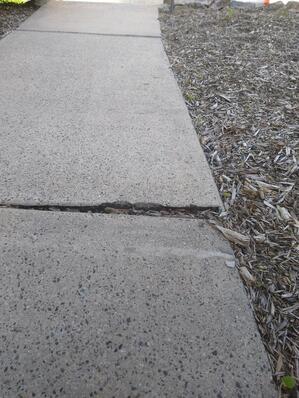
Windows
Windows are inspected from the outside during the exterior inspection. However the home inspector will also inspect and operate doors and windows from the inside.
Types of windows are: casement, single and double hung, awning and hopper, jalousie, multiple pane, fixed-pane picture windows
Any defects of the windows will be observed by the inspector such as:
-rotted or damaged sills
-cracked, broken, or leaking glazing
-faulty operation
-rotted or damaged sashes, frames, and casings
-deteriorating paint or finishes
-loose, damaged, or missing putty
-missing or damaged storm and/or screen
Doors
All the doors will be visually examined and operated. This includes checking hardware and opening and closing all the doors.
Doors should be checked for cracked, broken, or damaged components, poor operation, and loose, broken, or missing hardware.
There are different types of doors such as, flush hollow core, paneled, flush solid, bifold, louvered, and pocket.
Stairs and balconies
It is very important to check the dimensions of stairs and balconies for safety hazards. Some safety hazards are balusters too far apart, uneven, poorly supported, damaged or loose risers and treads, window too low or unprotected, and loose, broken or missing handrails.
The home inspector is also checking for cracked, warped, damaged, or shifted stringers, improper width or headroom, structural irregularities, and shaking, sagging, or tilting.
Fireplaces / Fuel-Burning Appliances
Windows are inspected from the outside during the exterior inspection. However the home inspector will also inspect and operate doors and windows from the inside.
Types of windows are: casement, single and double hung, awning and hopper, jalousie, multiple pane, fixed-pane picture windows
Any defects of the windows will be observed by the inspector such as:
-rotted or damaged sills
-cracked, broken, or leaking glazing
-faulty operation
-rotted or damaged sashes, frames, and casings
-deteriorating paint or finishes
-loose, damaged, or missing putty
-missing or damaged storm and/or screen
Doors
All the doors will be visually examined and operated. This includes checking hardware and opening and closing all the doors.
Doors should be checked for cracked, broken, or damaged components, poor operation, and loose, broken, or missing hardware.
There are different types of doors such as, flush hollow core, paneled, flush solid, bifold, louvered, and pocket.
Stairs and balconies
It is very important to check the dimensions of stairs and balconies for safety hazards. Some safety hazards are balusters too far apart, uneven, poorly supported, damaged or loose risers and treads, window too low or unprotected, and loose, broken or missing handrails.
The home inspector is also checking for cracked, warped, damaged, or shifted stringers, improper width or headroom, structural irregularities, and shaking, sagging, or tilting.
Fireplaces / Fuel-Burning Appliances
Comprehensive Home Inspections
Competitive pricing, flexible scheduling to accommodate your busy lifestyle!
Valley Home InspectorsLehigh Valley, PA
|
Proudly powered by Weebly
